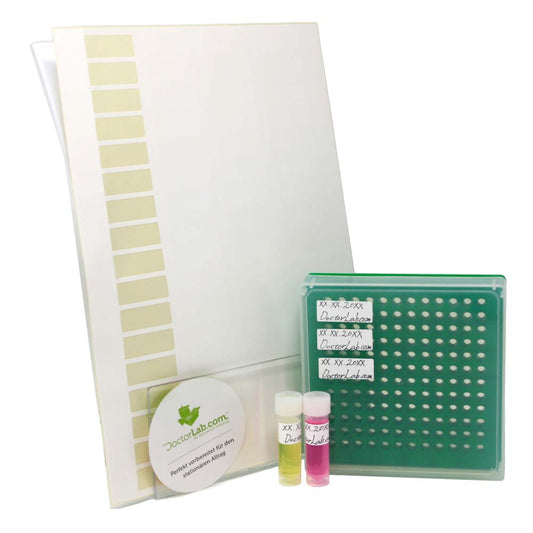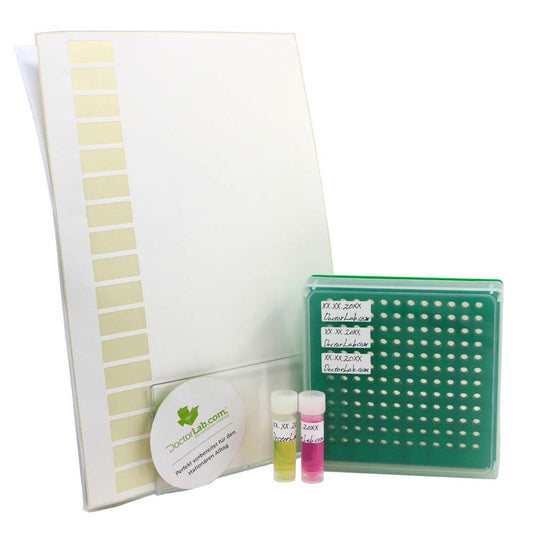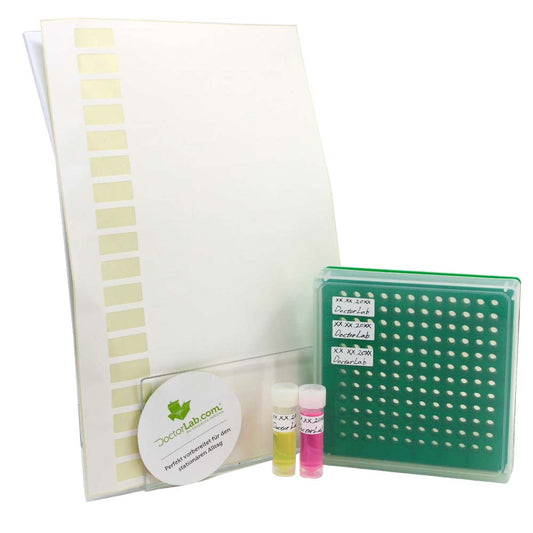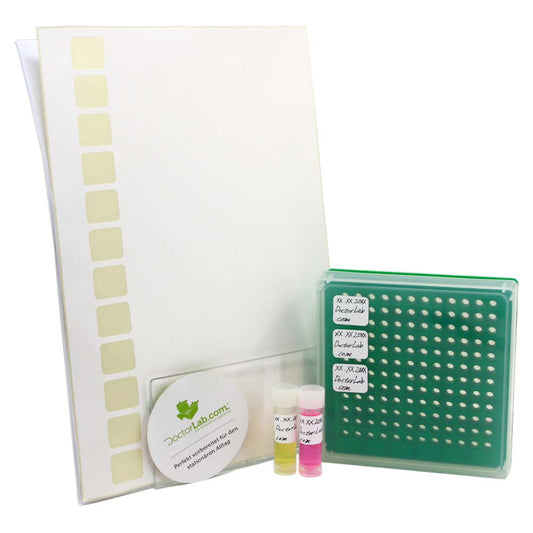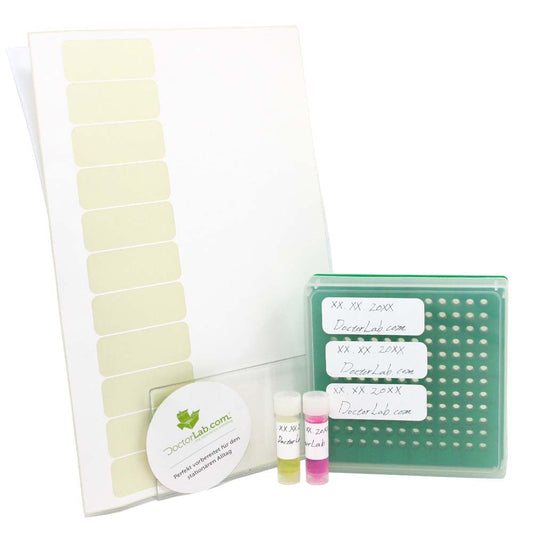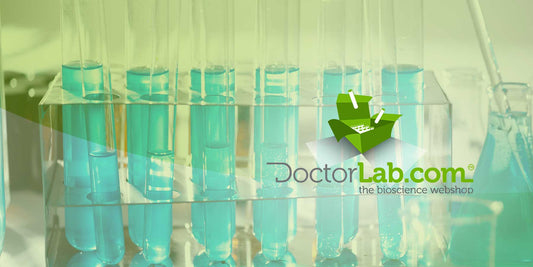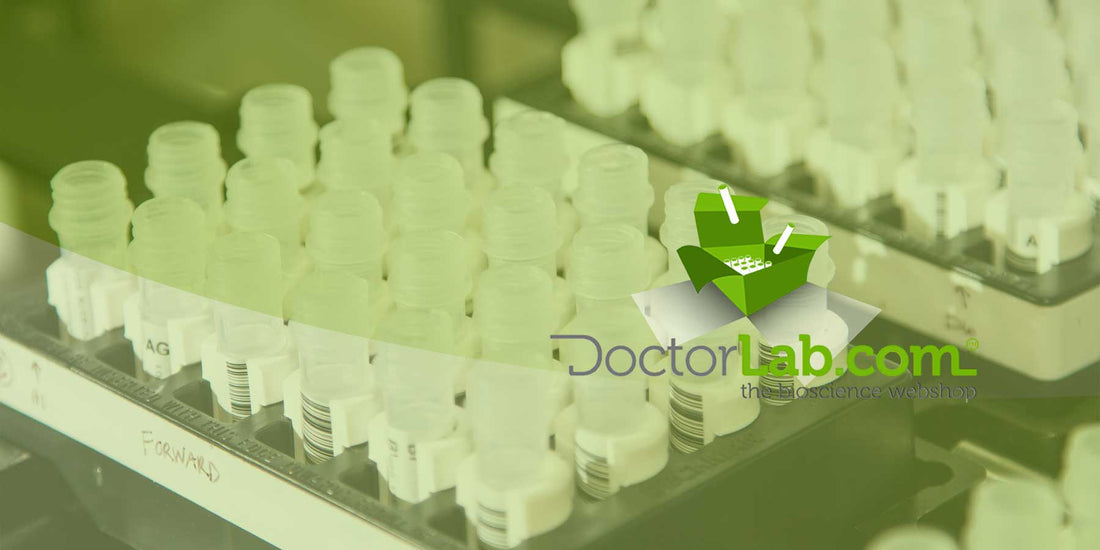
Cryogenic labels: The safe and reliable solution for sample labeling in the cryogenic laboratory
Split
Cryogenic labels in use: Why they are indispensable in the cryogenic laboratory
Cryogenic labels are adhesive labels specifically designed for use in cryogenic conditions. These labels are made from materials that can withstand extreme temperatures without smudging or falling off, allowing samples to remain correctly labeled over a long period of time. In this article, we discuss the importance of cryogenic labels in cryogenic laboratories.
Identification and tracing
One of the most important reasons for using cryogenic labels in a cryogenic laboratory is to ensure the identification and tracking of biological samples. Without proper labeling, samples can easily be misplaced or misidentified, resulting in inaccurate results and a waste of time and resources. Cryo labels are designed to remain intact even under extreme temperature conditions, ensuring that samples remain identifiable throughout the storage and handling process.
Cryo labels allow samples to be tracked throughout the laboratory workflow, from collection to storage to analysis. By providing relevant information on the label, such as: Such as sample type, collection date, and experiment name or ID number, researchers can easily track the progress of samples and ensure they are used correctly.
Prevention of cross-contamination
Another critical aspect of cryogenic storage is avoiding cross-contamination between samples. Cryo labels can help in this regard by ensuring that each sample is accurately and clearly labeled. Using cryogenic labels that are color-coded or have unique identifying features can help ensure samples are easily identified and distinguished from one another, reducing the risk of cross-contamination.
Cryogenic labels can also be used to indicate specific storage requirements, such as: B. the temperature range required for storage, the duration of storage and special handling instructions. This ensures samples are stored correctly and minimizes the risk of contamination or deterioration.
Save time and resources
Proper identification with cryogenic labels can help save time and resources in a cryogenic laboratory. Researchers can easily locate and identify samples, reducing the time spent searching for specific samples or repeating experiments due to mislabeled samples. This can help speed up the research process and reduce the time and resources required to successfully complete experiments.
Additionally, cryogenic labels can be printed using a standard desktop printer, making printing labels in bulk easy and cost-effective. This is particularly important in large cryogenic laboratories where many samples need to be labeled and stored accurately and quickly.
Durability and longevity
Cryogenic labels are made from materials that can withstand extreme temperature conditions, making them durable and long-lasting. These labels are resistant to water, solvents and chemicals commonly used in laboratories, ensuring the label remains intact throughout storage and handling. Cryo labels are also resistant to fading or smudging, allowing the label to remain readable and easily identifiable throughout the sample's life cycle.
Conclusion
In summary, cryogenic labels are essential for the proper storage and handling of biological samples in a cryogenic laboratory. These labels help accurately identify and track samples, prevent cross-contamination, save time and resources, and provide durability and longevity. Proper identification with cryogenic labels is critical to the success of research projects and can help ensure research results are accurate and reliable.

